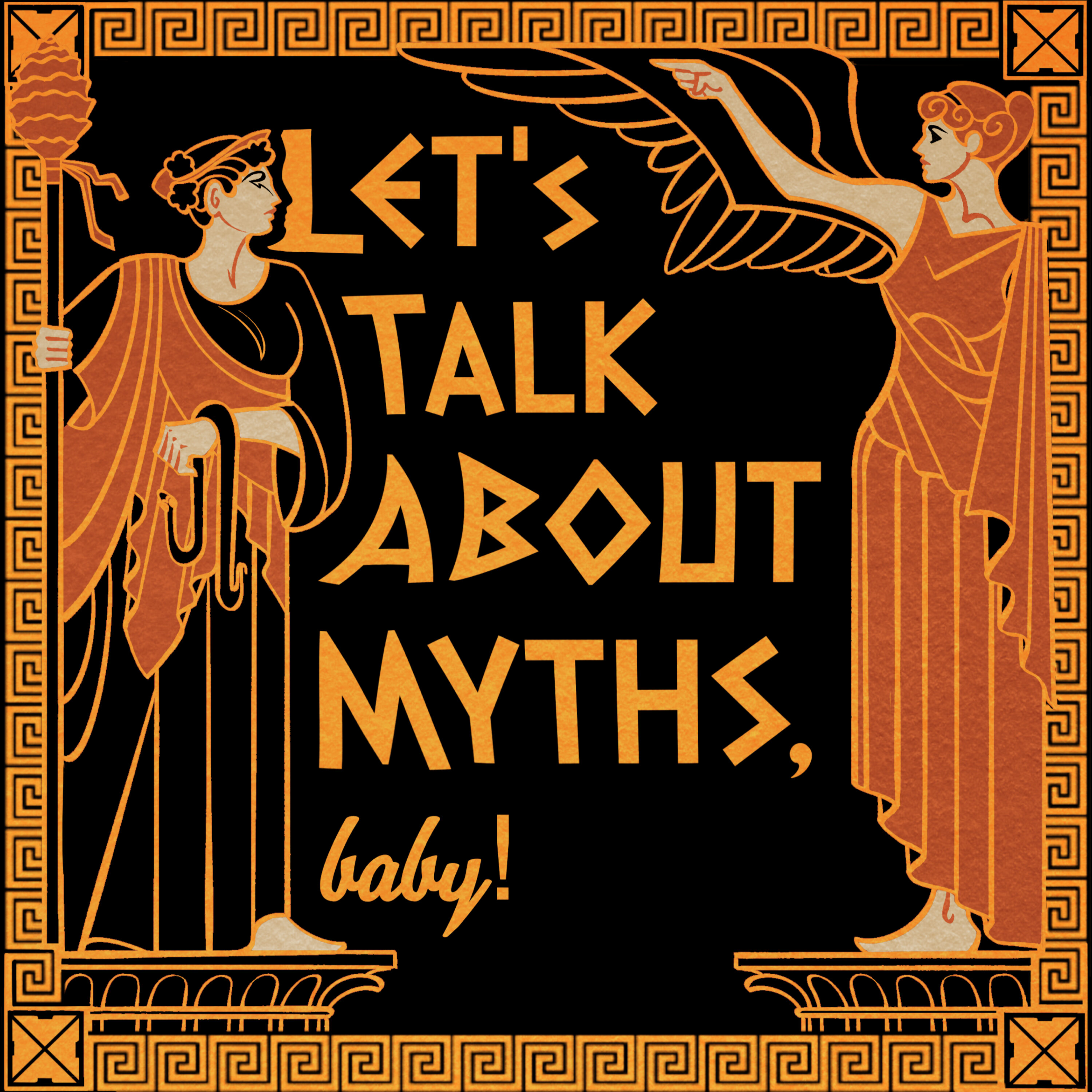
Conversations: They Weren't Always F***able, the History of Sirens & Harpies w/ Dr Ryan Denson

Let's Talk About Myths, Baby! Greek & Roman Mythology Retold
Deep Dive
Why did sirens transform from bird-like creatures to mermaids?
The transformation of sirens from bird-like creatures to mermaids began in the early Middle Ages, influenced by the Book of Monsters (Liber Monstrorum) from the 7th-8th century AD, which described them as half-woman, half-fish. This shift likely occurred as siren iconography fell out of favor, and mermaid imagery became more prevalent in medieval art and literature.
What is the origin of harpies in Greek mythology?
Harpies are thought to have originated as wind spirits, later evolving into bird-like creatures characterized by their ability to snatch things. They appear prominently in the myth of Phineas, where they torment him by stealing or defiling his food as punishment for revealing divine secrets.
How were sirens depicted in ancient Greek art?
In ancient Greek art, sirens were often depicted as bird-like creatures with a woman's head and a bird's body. Some representations show them with human torsos, bird legs, and wings, holding musical instruments like lyres or flutes to symbolize their enchanting songs.
Why were harpies considered repulsive in Greek mythology?
Harpies were considered repulsive because they were associated with snatching and defiling food, often depicted as bird-like creatures that tormented individuals like Phineas. Their actions were seen as chaotic and destructive, contrasting with the alluring nature of sirens.
How did Christian sources reinterpret sirens in late antiquity?
In late antiquity, Christian sources reinterpreted sirens as allegories for lust, using their enchanting songs as a metaphor for temptation and sin. This reinterpretation tied into broader Christian narratives about the dangers of female sexuality and temptation.
What role did harpies play in Virgil's Aeneid?
In Virgil's Aeneid, harpies appear in Book 3, where they attack the Trojans and deliver a prophetic message. This scene is unusual because harpies are not typically associated with prophecy, and it may have been intended as a humorous commentary on Roman augury practices.
How did the portrayal of sirens change in modern art and literature?
In modern art and literature, sirens became increasingly sexualized, often depicted as beautiful, alluring mermaids rather than the bird-like creatures of ancient mythology. This shift reflects changing cultural attitudes toward female monsters and their association with seduction.
What is the significance of the myth of Phineas in relation to harpies?
The myth of Phineas highlights the harpies' role as tormentors, punishing him for revealing divine secrets by stealing or defiling his food. This myth emphasizes their chaotic and destructive nature, contrasting with the more alluring and musical sirens.
Why were seals considered monstrous in the ancient world?
Seals were considered monstrous in the ancient world because they were seen as deformed or hybrid creatures, existing both on land and in water. Aristotle described them as 'unfinished animals,' and they were sometimes associated with sea monsters in texts like the Acts of Paul and Thecla.
Shownotes Transcript
Liv speaks with returning guest, the Sea Monster Guy Ryan Denson, about the history and transformation of Sirens and Harpies. Find more from Ryan on Twitter/X). Submit to the quarterly Q&A at mythsbaby.com/questions) and get ad-free episodes and so, so much more, by subscribing to the Oracle Edition at patreon.com/mythsbaby) CW/TW: far too many Greek myths involve assault. Given it's fiction, and typically involves gods and/or monsters, I'm not as deferential as I would be were I referencing the real thing.
Attributions and licensing information for music used in the podcast can be found here: mythsbaby.com/sources-attributions).
See omnystudio.com/listener) for privacy information.